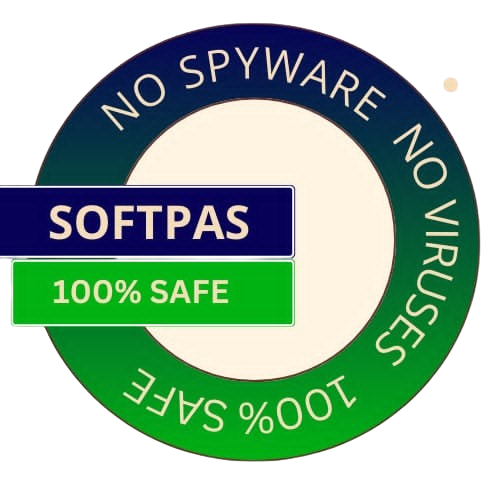
Get the best deals on your favorite games
Nonlinear Principal Component Analysis, or NLPCA for short, is a cool twist on the regular principal component analysis (PCA). Instead of just using straight lines, NLPCA lets us use curves to represent data. This means that the space where we describe all these nonlinear components is also curved, making it super flexible!
So, how do we actually pull off this nonlinear magic? Well, one way is by using a neural network. More specifically, we can use something called an autoassociative architecture. You might hear it referred to as an autoencoder or even a bottleneck network. Basically, this kind of neural network works like a multi-layer perceptron that tries to make sure what goes in comes out the same way.
Now, here's where it gets interesting: in the middle of this neural network lies a layer called the bottleneck. This layer squishes down the data into fewer dimensions while still keeping the important stuff intact. It’s like taking a big pile of clothes and folding them neatly so they fit into a smaller box! The values from this bottleneck layer give us our desired component scores.
NLPCA isn’t just theoretical; it’s practical too! It’s often used for face recognition because it's super simple and doesn’t need any reference points to get started. Plus, it can work in real-time applications without breaking a sweat.
If you’re interested in diving deeper into Nonlinear Principal Component Analysis and how it can benefit your projects, check out this link!
Go to the Softpas website, press the 'Downloads' button, and pick the app you want to download and install—easy and fast!

SoftPas is your platform for the latest software and technology news, reviews, and guides. Stay up to date with cutting-edge trends in tech and software development.
Subscribe to newsletter
© Copyright 2024, SoftPas, All Rights Reserved.